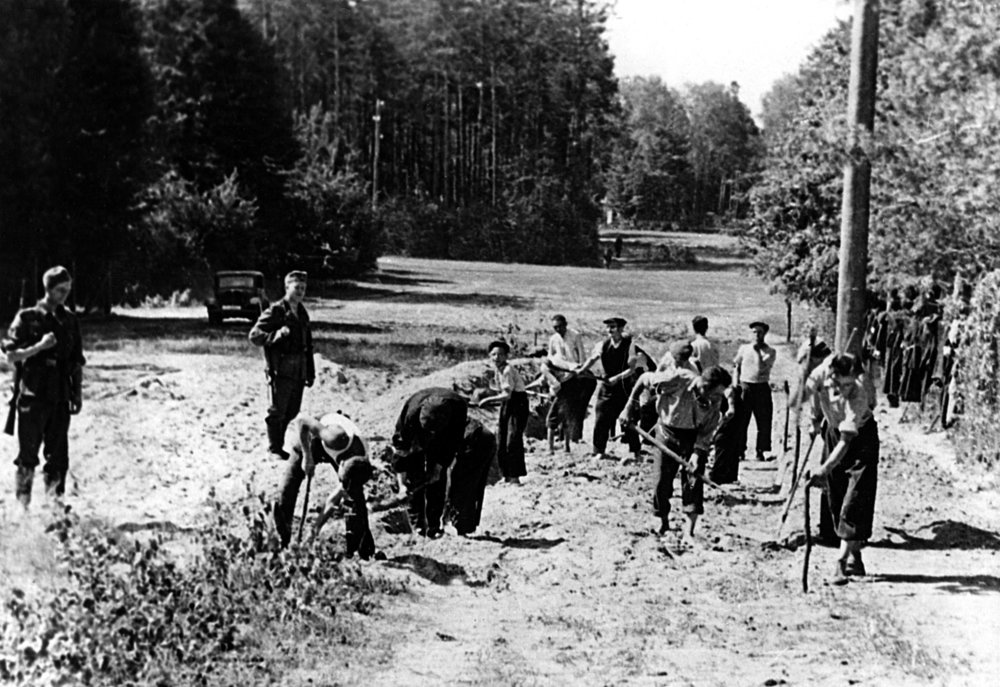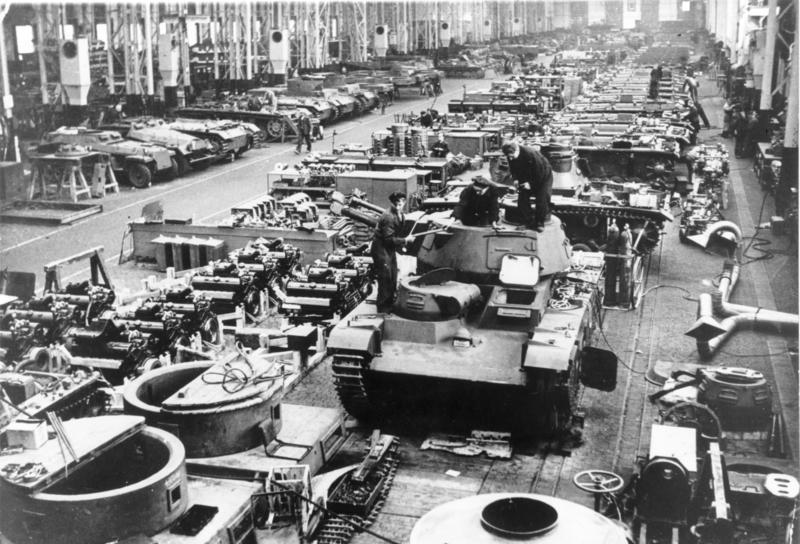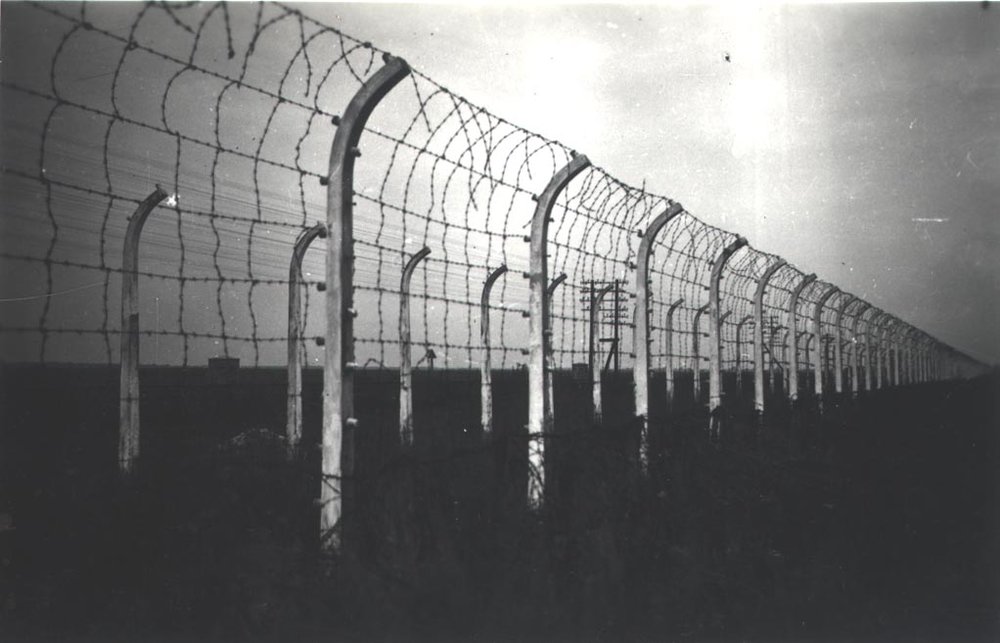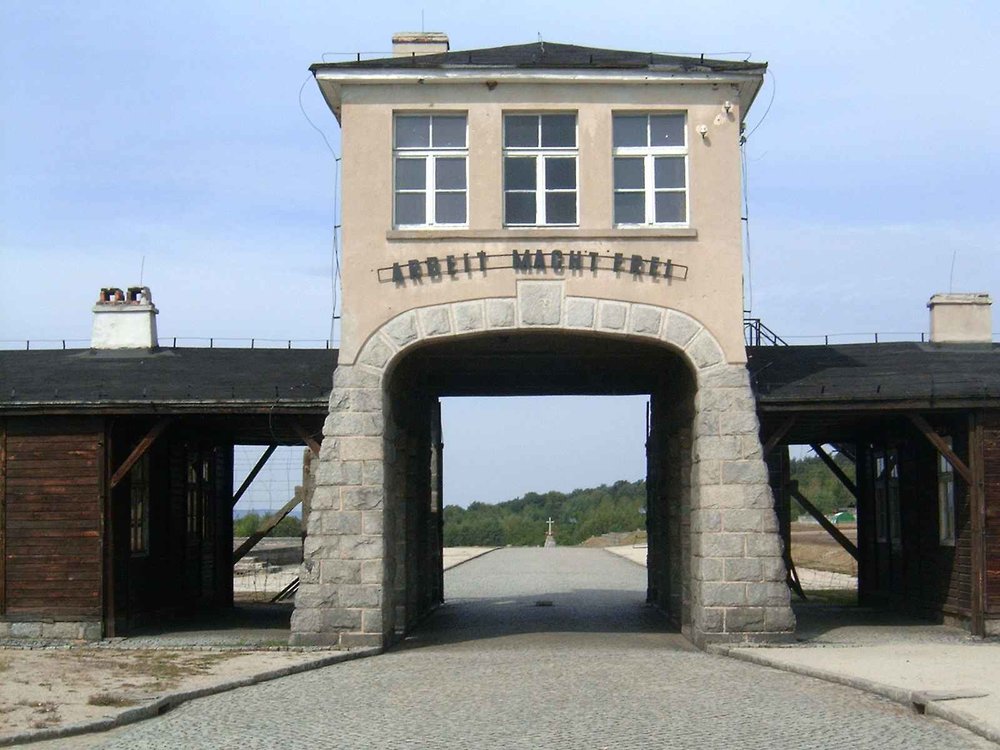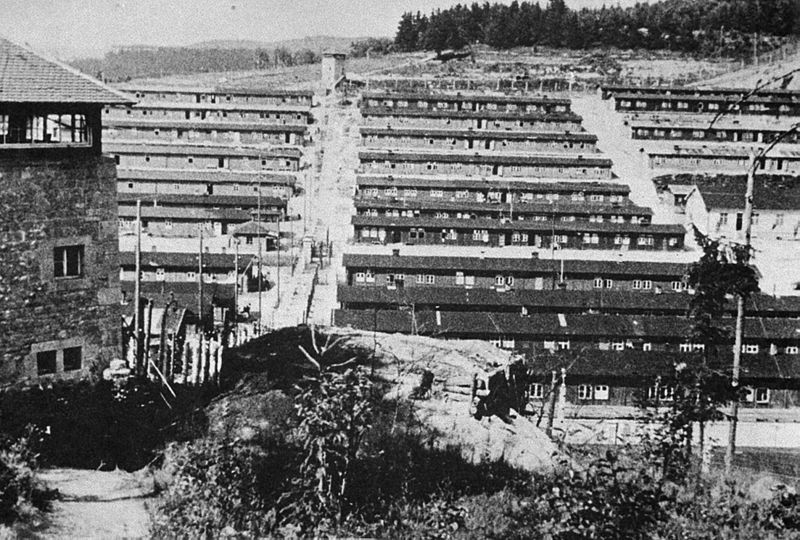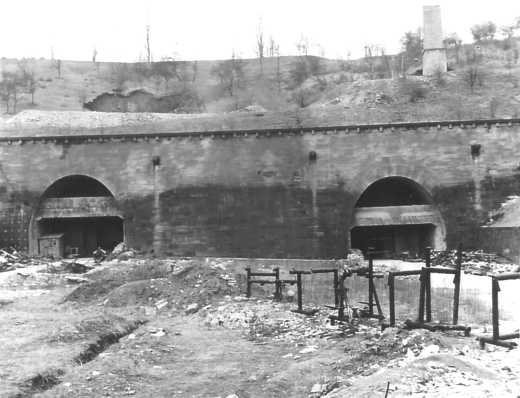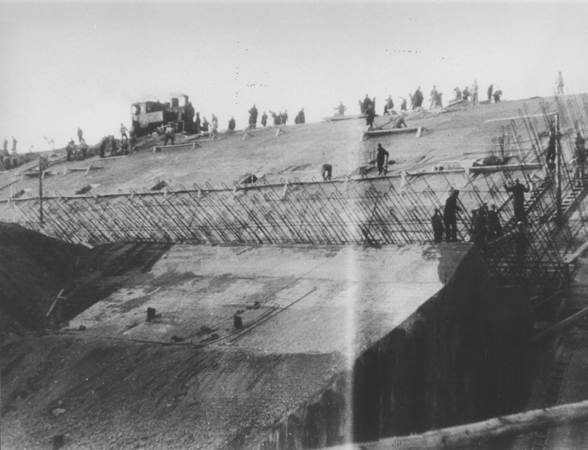EXCERPT FROM THE LONG NIGHT
Journey to Flossenbürg
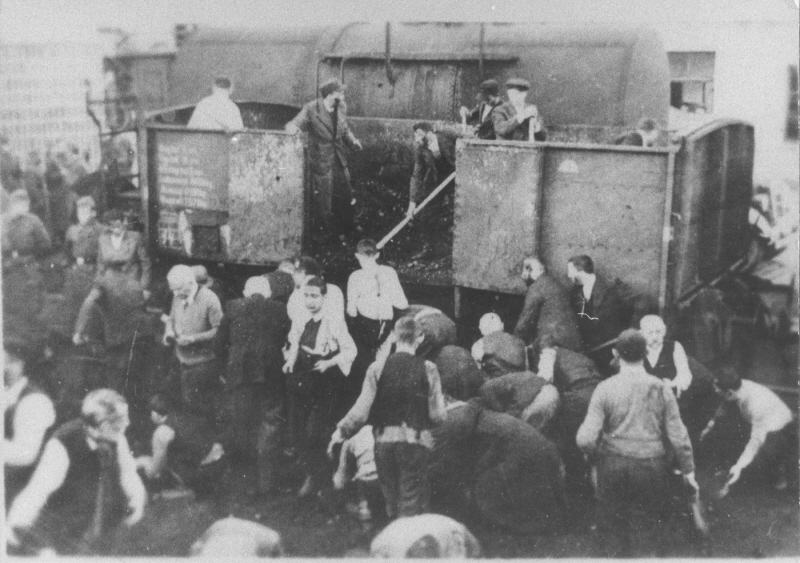
Example of a coal wagon circa 1940 [United States Holocaust Memorial Museum, courtesy of Benjamin (Miedzyrzecki) Meed]
… “There were neither buckets nor toilets in the wagons, so some urinated where they stood. We were in open wagons, so no one cared. Soon after, some who suffered with diarrhoea or dysentery tried to excuse themselves, but the Kapo sought to persuade them to wait. He consoled them that the train would soon stop and then they could relieve themselves. However when the train eventually did stop it was pitch black and none of us were allowed to leave the wagons to go to the toilet. Faced with this predicament, the sick began to do their business in the wagons. They huddled together for mutual protection in a corner as they did their business. But then they could not escape from the crush in the corner because the healthy ones endeavoured to keep the sick and weak at a distance.”

